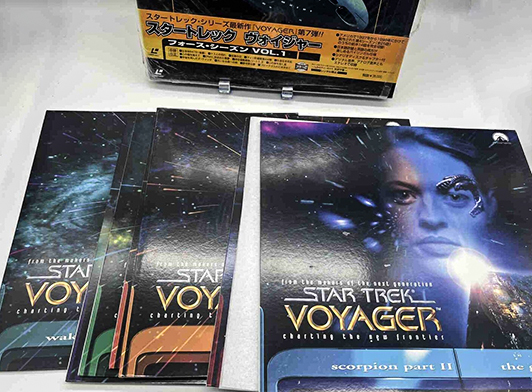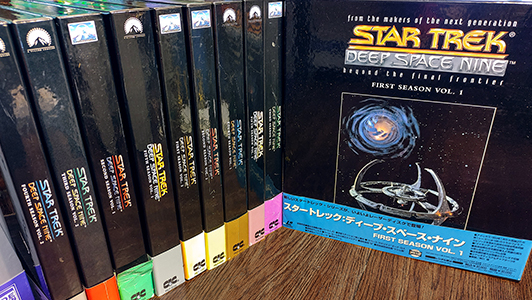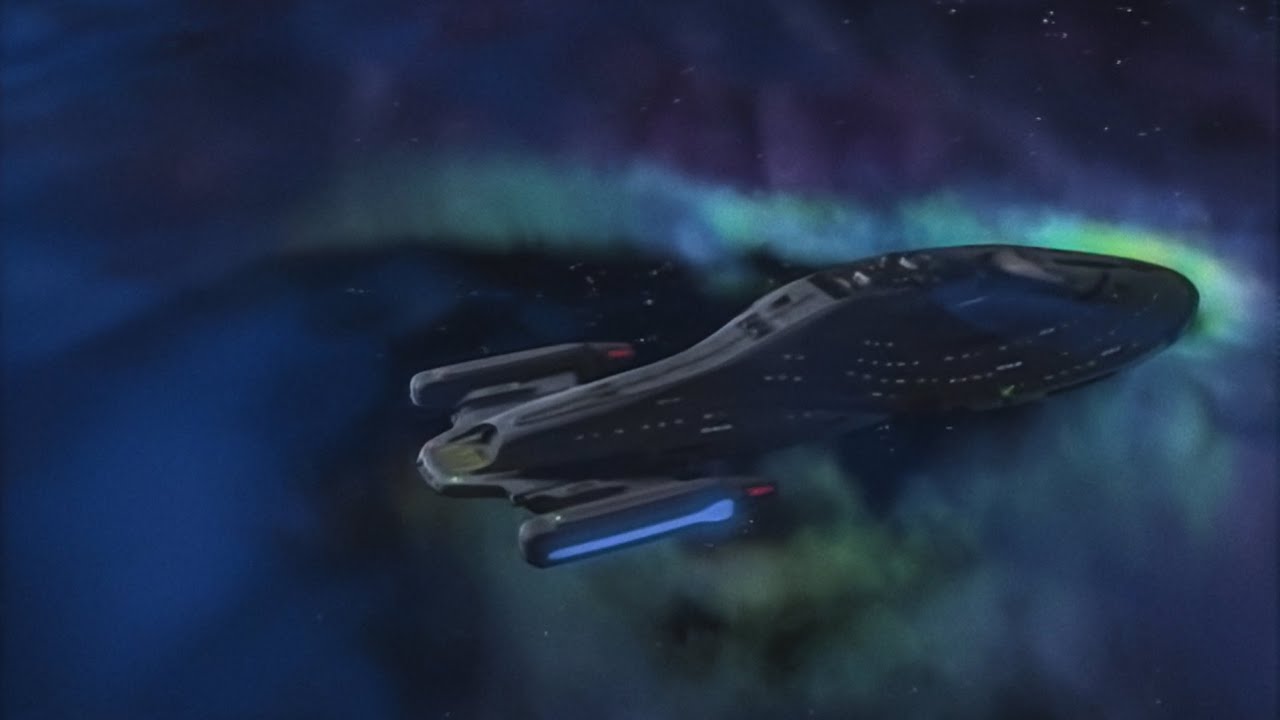Star Trek on Laserdisc


*Available in TOS, TAS, TNG, DS9, VOY, and theatrical release flavors.
It’s guaranteed very few Star Trek fans have ever seen these, they are as hard to find as it gets. What we have here is Star Trek on a fully analog video format that isn’t plagued by digital artifacts found on streaming platforms and early DVD releases (such as the DS9/VOY releases), nor does it have any of the quality issues found with VHS tape.
The elephant in the room here is cost, so don’t go searching Ebay/ZenMarket just yet. As with most analog hifi things, you have to spend a lot to get high quality results. Laserdisc is no exception, and it’s even worse because of the rarity of the discs and the equipment all having antique status.
That being said, in my quest to transport myself back to the 1990’s, I have amassed enough equipment and specialty gear to capture Laserdiscs in stupidly high quality, and have uploaded the results for normal people to see. Now the preferred way to watch these is in their native resolution with a high end LD player hooked directly to a retro Trinitron CRT or Plasma TV, but these direct disc captures will be the best possible viewing method on modern display devices.
Voyager LD Sample YT – VOY LD Sample Direct Download
DS9 LD Sample YT – DS9 LD Sample Direct Download
Hardware used for capture:
- Pioneer CLD-D704
- Domesday Duplicator
- Windows PC (i9-10900k/RTX-3080/32GB RAM)
Software used for processing:
- ld-decode
- Hybrid + Vapoursynth
- Premiere Pro
- Audition
- Topaz



Nice. But I suppose the quality also depends on the source material that got pressed on those disks?! I mean the credits are CGI and had been digitally created in a certain resolution and then been converted. But I really don’t know what kind of cameras and CGI tech they used for TV productions in the 90s. Might have been magnetic tape that isn’t the highest quality unlike something that had originally been recorded on analog film.
Edit: Wikipedia says Voyager is the first series with CGI effects for exterior shots of the spaceships. And the effects are rendered in “standard television resolution”. So they should be in 480p (or ‘i’)? But that seems to align well with Laserdisc which also contain standard NTSC or PAL video signals.
They are 480i. But the difference may be that DS9 and Voyager were
shot andstored on tape. The laserdisc was sourced from those tapes much earlier so it’s probably a higher quality transfer than the DVDs which came later. Looking on memory alpha the first laser disc releases were about a decade before they made it to DVD. The image quality may be better on laserdisc.Thanks, that explains a lot. Yeah, unfortunately some initial masters and releases are sub-par. Guess it’s the same for DVDs as it is for some music album releases. And I mean for TV shows from a certain era there’s not much to be done. Glad the VHS or DVD wasn’t the only release. I watched some DVD a year ago an let’s say I wasn’t impressed. It’s not up to today’s standards of high definition TVs and to me it’s neither a valuable collector’s item.
IIRC from the “What we left behind” documentary, they were shot on film. They even had a few minutes of HD material scanned from the film reels. It’s the CGI that was baked only into the tape version that makes it so difficult to do a HD remaster. And why they went back to the tapes when producing the DVD release.